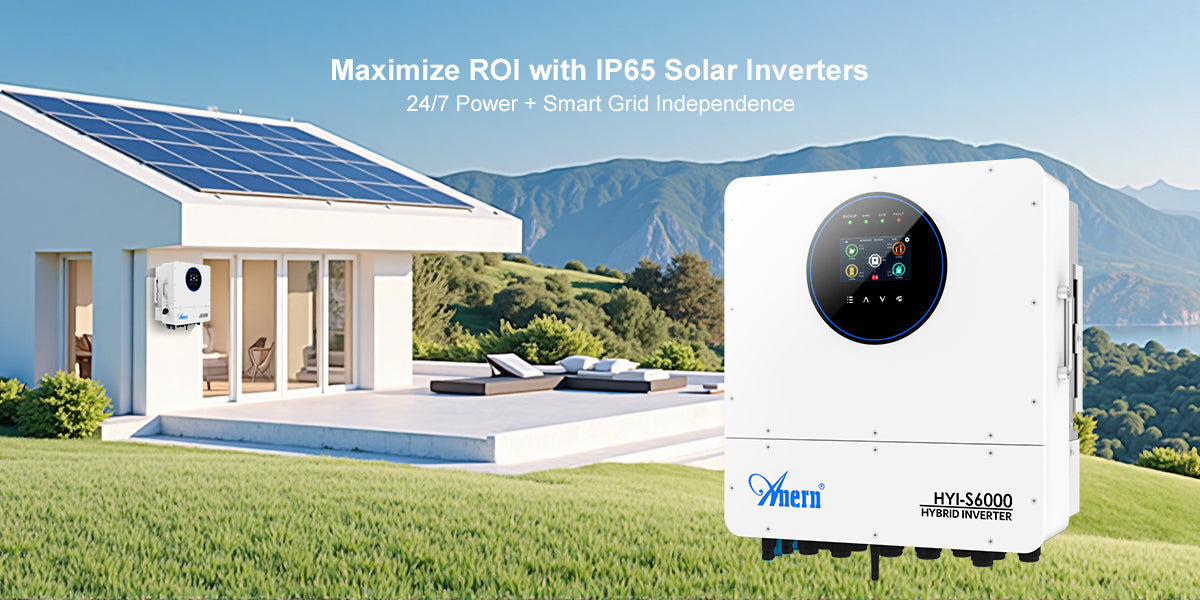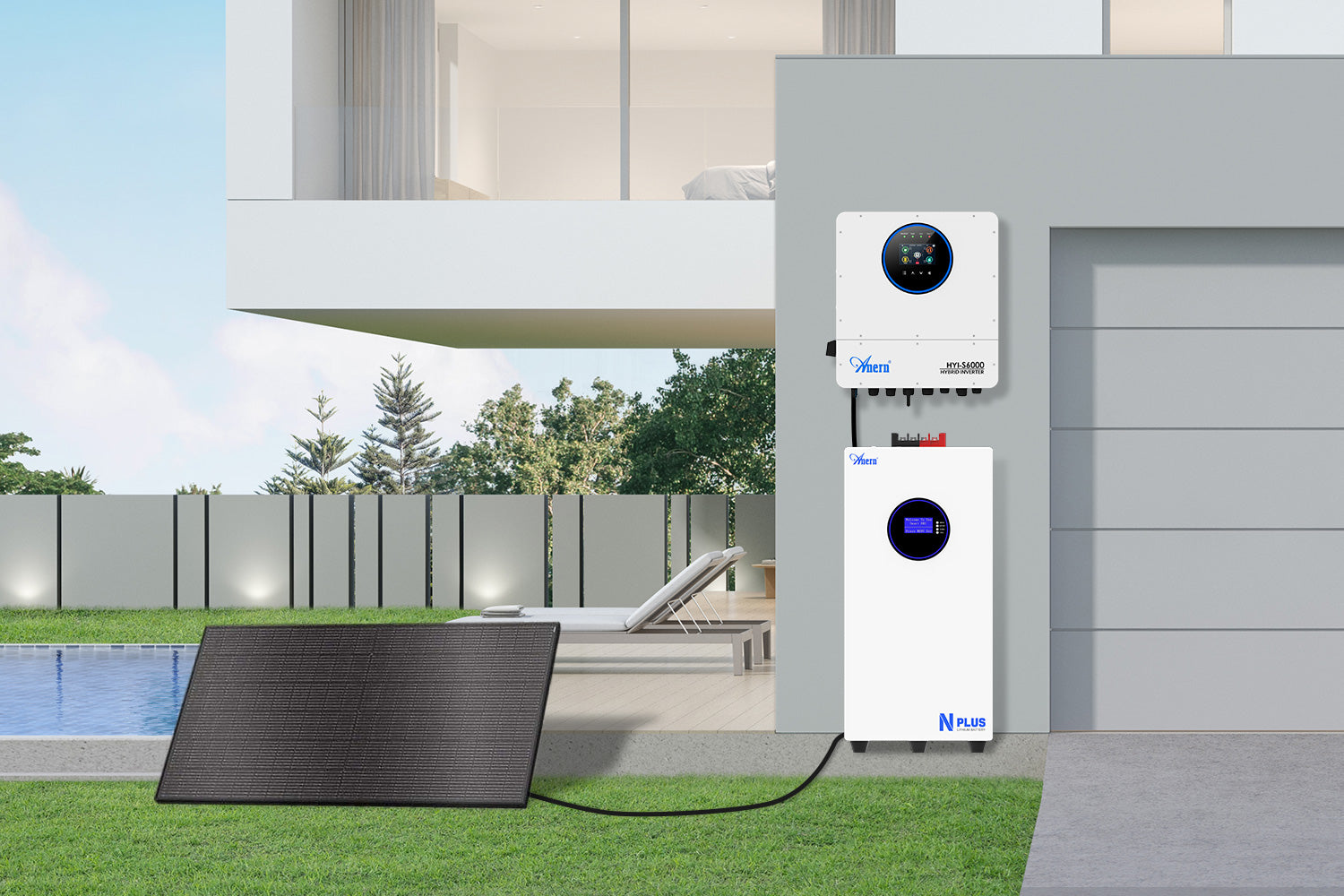Energy independence means controlling your own power, reducing reliance on the grid, and weathering outages with confidence. Combined solar and storage systems offer resilience, predictability, and long-term financial value—especially when designed with real-world needs in mind.
The Core of Self-Sufficiency: Solar Power Systems
How PV Systems Operate
Solar panels convert sunlight into DC electricity. An inverter then turns that into usable AC power. Whether feeding the grid, running your home, or charging batteries, this conversion is the foundation of solar systems.
Choosing Your System Type
- Grid-Tied: Lower electric bills, potential surplus export—but no backup during power outages unless batteries are added.
- Off-Grid: Full independence using only solar and storage—ideal where grid access is limited or unreliable.
- Hybrid: Blends grid and battery use—charges during sun, draws from storage at night, and delivers backup power during outages.
Advanced Energy Storage: The Heart of Independence
Why Battery Storage Matters
Solar output is intermittent. Storage captures surplus during sunny periods for use when it’s dark or cloudy. The International Energy Agency calls storage key to grid flexibility and reducing wasted renewable energy.
Why LiFePO₄ Stands Out
Lithium Iron Phosphate chemistry offers exceptional safety, long cycle life (2,000–10,000+ cycles), and efficient performance (90–95%), making it a reliable backbone for energy systems.
Integrated Storage: Smarter by Design
Modern systems combine smart hybrid inverters with Li-ion batteries and solar panels. These systems auto-manage energy directions—optimizing usage, grid interaction, and backup performance.
| Feature | LiFePO₄ | Lead-Acid | NiCd |
|---|---|---|---|
| Cycle Life | 2,000–10,000+ | 300–1,500 | 500–1,000 |
| Efficiency | ≈ 90–95% | ≈ 70–85% | ≈ 70–85% |
| Maintenance | Low | High | Moderate |
| Safety | Best | Moderate | Moderate |
Real-World Applications & Benefits
Off-Grid Freedom
A fully off-grid solar + storage system powers remote properties without bills or outages. It’s ideal for cabins, farms, or areas with spotty grid availability.
Resilience—even On-Grid
Grid-tied systems with storage can seamlessly switch to backup during outages, keeping critical loads online safely.
In Australia, utility-scale battery systems have saved millions by providing fast frequency response. NREL research also shows distributed energy can support grid stability in multiple ways.
Financial Value—Beyond Savings
Solar plus storage reduces bills, stabilizes costs, and offers participation in demand programs that help the broader grid avoid curtailment and peak costs.
Essential Components for Reliability
Smart Inverters
Modern inverters are more than converters: they monitor performance, maximize harvest, manage batteries, and support advanced grid features—especially hybrid models.
Holistic System Design
Peak energy yield and reliability come when solar panels, batteries, and controls are tightly integrated and optimized for real-world conditions.
Scalable for the Long Haul
Systems built with LiFePO₄ and future-ready inverters offer dependable, expandable power solutions to grow with your needs.
Your Power, Yours to Control
Solar plus intelligent storage offers freedom, resilience, and sustainability. It’s a shift from relying on external utilities to mastering your own energy footprint—one that pays off over time.





Leave a comment
All comments are moderated before being published.
This site is protected by hCaptcha and the hCaptcha Privacy Policy and Terms of Service apply.